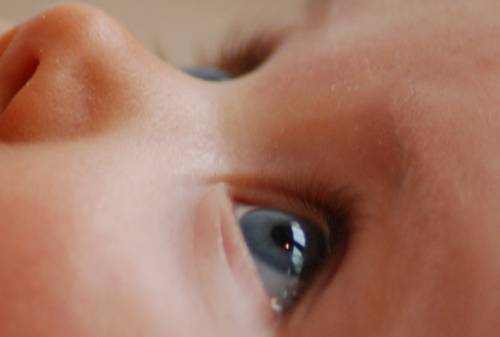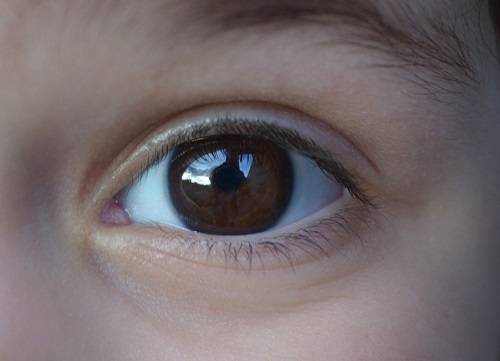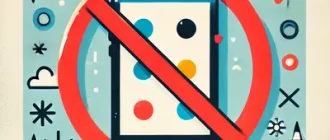In pediatric ophthalmology, it is important to address the issue of increased pressure inside the eyes in children. While this condition is not as prevalent in children as it is in adults, it can still cause significant vision problems if not promptly treated.
What is Elevated Intraocular Pressure?
Increased intraocular pressure (IOP), which is also referred to as ocular hypertension, happens when the pressure within the eye is higher than average. This elevated pressure can potentially result in glaucoma, a serious eye disorder that, if left untreated, can cause loss of vision.

Causes of Elevated IOP in Children
The genesis of elevated IOP in children can be manifold. However, some of the most common causes include:
- Genetic predisposition: Certain genetic conditions may contribute to high IOP.
- Eye trauma: A direct blow or injury to the eye may result in increased eye pressure.
- Medications: Some drugs, particularly corticosteroids, are known to elevate eye pressure.
Symptoms and Detection
Identifying increased IOP in children can be complex as they often do not manifest apparent symptoms. Regular eye examinations are the best way to detect high eye pressure early, which can lead to prompt and efficient treatment.
Effects on Vision
When left untreated, elevated IOP can cause damage to the optic nerve, potentially leading to glaucoma. The long-term consequences of glaucoma include irreversible loss of peripheral vision and, eventually, total blindness.
Treatment Options for Elevated IOP
Effective management can be achieved when elevated intraocular pressure in children is diagnosed at an early stage. Several common treatment approaches that can be utilized include:
- Medications: Eye drops are often the initial step in treatment, designed to reduce fluid production in the eye or increase its outflow.
- Laser therapy: Used in certain types of glaucoma, laser therapy helps to improve fluid outflow from the eye.
- Surgery: In severe cases or when other treatment approaches fail, surgery may be necessary to alleviate the pressure.
The Importance of Regular Eye Examinations for Children
Regular eye exams are crucial because they can detect any abnormalities, like high eye pressure, in children’s vision. Identifying these issues early allows for timely treatment, minimizing the potential damage to the child’s eyesight.
Although high pressure in the eyes is less common in children than in adults, the consequences of this condition are still very important. It is crucial for parents and caregivers to be aware and understand this condition, as early detection and proper management are essential in protecting children’s vision.





